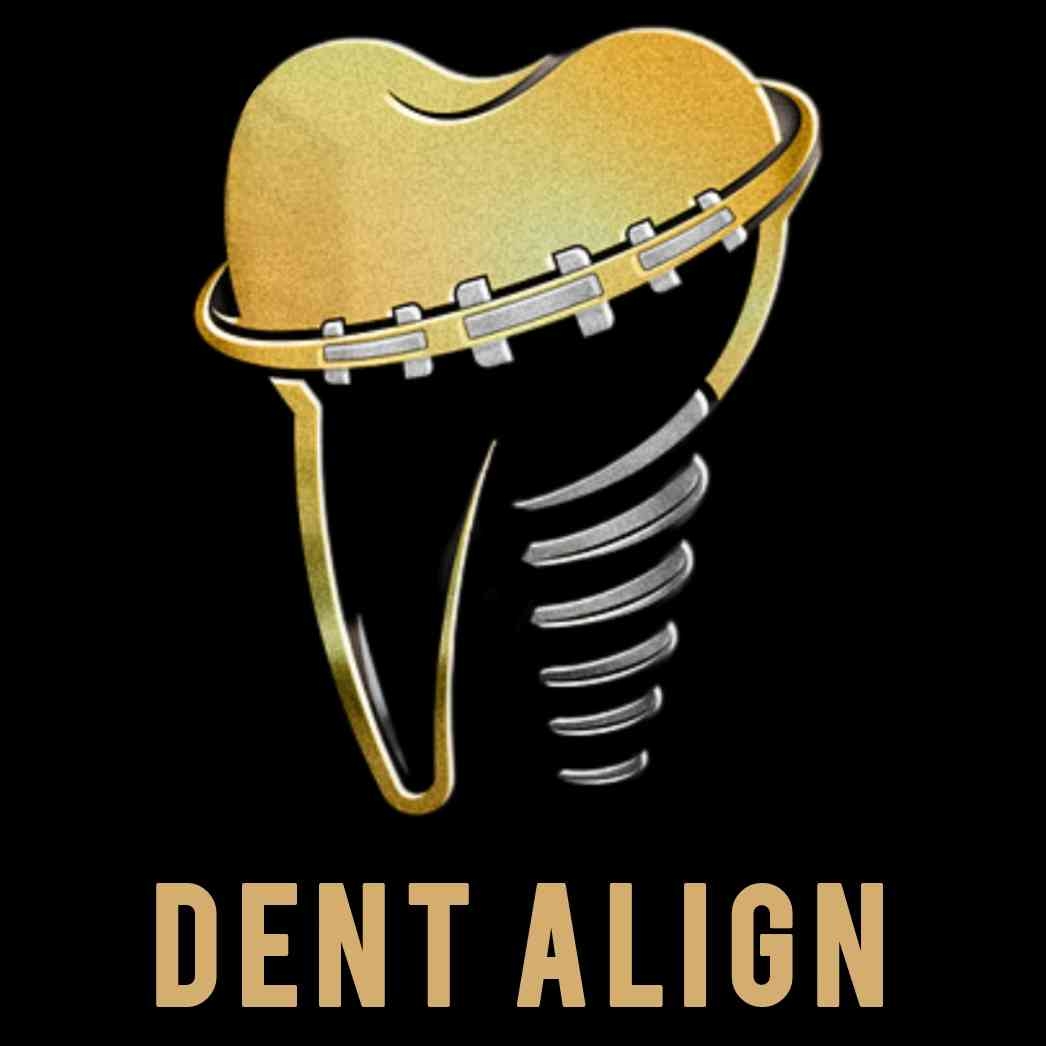+918048055499
Recently updated about

This is your website preview.
Currently it only shows your basic business info. Start adding relevant business details such as description, images and products or services to gain your customers attention by using Boost 360 android app / iOS App / web portal.
Description
Dental Implants: A Tale of Two Approaches - Traditional vs. Basal For individuals facing tooth loss, dental implants offer a permanent and aesthetically superior solution to restore both function and confidence. However, within the field of implantology, two primary methodologies exist: the time-honoured traditional implants and the innovative basal implants. The fundamental difference between them lies in the type of jawbone they anchor into, which dictates the entire treatment timeline, procedure, and ideal candidate profile. Traditional Dental Implants Description Traditional dental implants, often considered the gold standard in tooth replacement, are a multi-stage system designed to mimic the natural root of a tooth. The process involves surgically placing a screw-like post, typically made of biocompatible titanium, into the maxilla (upper jaw) or mandible (lower jaw). These implants are placed in the softer, spongier part of the jawbone known as the cancellous or alveolar bone. The success of this method hinges on a biological process called osseointegration, where the bone cells grow around and fuse directly with the implant surface. This fusion creates an incredibly strong and stable foundation, but it requires a significant healing period of three to six months before the final tooth (crown) can be attached. In cases where the patient has insufficient jawbone volume, a preliminary bone grafting procedure is often necessary, further extending the treatment duration. Advantages of Traditional Implants High Success Rate: With decades of research and clinical use, traditional implants boast long-term success rates often exceeding 95%. Excellent Aesthetics: The planned, multi-stage process allows for meticulous placement, resulting in a highly natural and aesthetically pleasing outcome. Proven Durability: The strong bond of osseointegration provides a robust and stable foundation that can last a lifetime with proper care. Well-Researched: This method is supported by an extensive body of scientific literature, confirming its long-term safety and efficacy. Disadvantages of Traditional Implants Lengthy Treatment Time: The entire process, from initial placement to final crown, can take several months to over a year. Requires Sufficient Bone: Patients with significant bone loss require bone grafting, which adds complexity, cost, and healing time to the procedure. Invasive Procedure: The surgery involves creating a flap in the gums to expose the bone, leading to a longer recovery period. Basal Dental Implants Description Basal implants represent a more recent and revolutionary approach to implant dentistry, designed specifically for immediate results. Unlike traditional implants, basal implants are single-piece implants that are anchored into the deep, highly dense cortical bone, known as the basal bone. This type of bone is much more resistant to resorption (atrophy) and provides excellent stability from the moment of placement. Because they engage this strong foundational bone, basal implants do not need to wait for osseointegration in the same way traditional implants do. This allows for immediate loading, meaning a full set of prosthetic teeth (a bridge or denture) can be attached within 48-72 hours of the surgery. The procedure is also typically less invasive, often performed without creating a surgical flap in the gums. Advantages of Basal Implants Immediate Functionality: Patients can walk out with a full set of fixed teeth in just a few days, a significant advantage for those seeking rapid restoration. Solution for Bone Loss: It is an excellent option for patients with severe jawbone atrophy, as it bypasses the need for bone grafting procedures. Less Invasive Surgery: The “flapless” technique generally results in less post-operative pain, swelling, and a quicker recovery time. Potentially Lower Overall Cost: By avoiding expensive and time-consuming bone grafting, the total treatment cost can be lower for complex full-mouth cases. Disadvantages of Basal Implants Technique-Sensitive: The success of basal implants is highly dependent on the specific skill, training, and experience of the implantologist. Limited Long-Term Data: Compared to traditional implants, there is less extensive long-term clinical data available. Aesthetic Challenges: Achieving the highest level of aesthetics can be more challenging due to the implant design and placement in the basal bone. Higher Risk in Unskilled Hands: If not performed by a specialist, the risk of complications or implant failure can be higher. Head-to-Head Comparison: Traditional vs. Basal Feature Traditional Implants Basal Implants Description Multi-piece system placed in soft alveolar bone, requires long healing for osseointegration. Single-piece system placed in hard basal bone for immediate stability. Bone Engagement Cancellous (spongy) bone Cortical (basal) bone Treatment Timeline 3-12 months 3-5 days Bone Grafting Often required in cases of bone loss Generally not required Loading of Prosthesis Delayed loading after healing Immediate loading Invasiveness More invasive, requires surgical flap Less invasive, often flapless Success Rate High, well-documented long-term success Varies, depends heavily on practitioner skill Export to Sheets Conclusion: Which Implant is Right for You? The choice between traditional and basal implants is a critical decision that should be made in consultation with a qualified dental professional. Choose Traditional Implants if: You have sufficient jawbone, are not in a major hurry for the final result, and prioritize the most well-documented, long-term solution with optimal aesthetics. Consider Basal Implants if: You have significant jawbone loss, wish to avoid bone grafting, and desire an immediate restoration of your teeth and chewing function.

